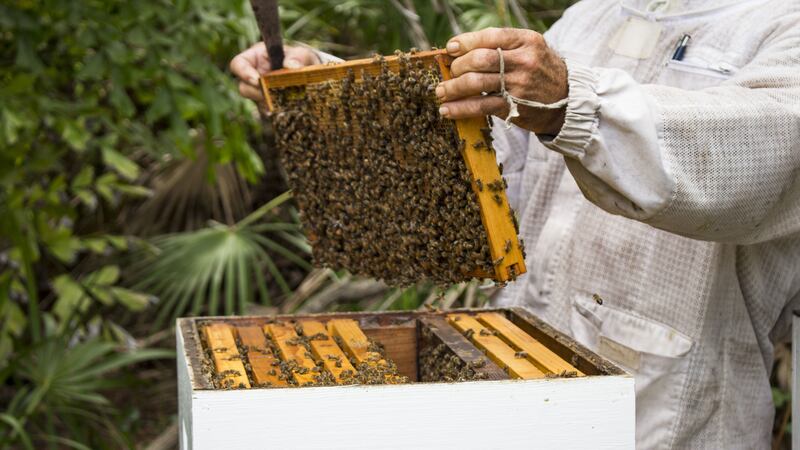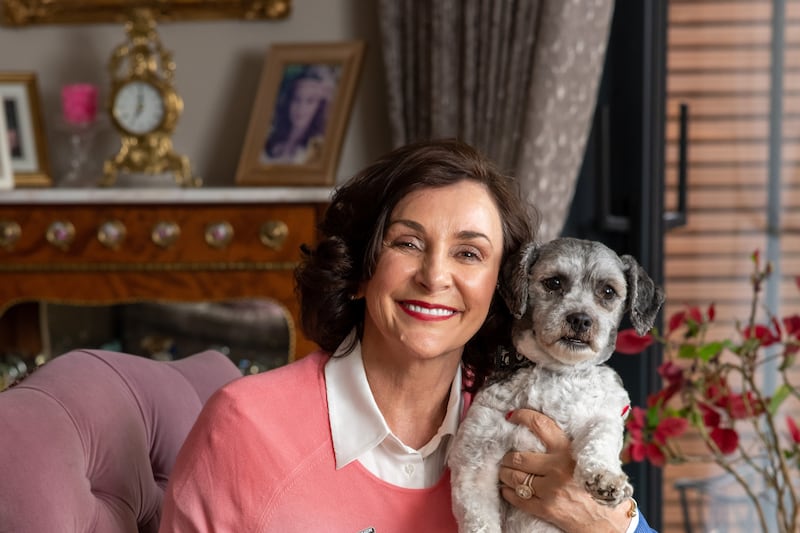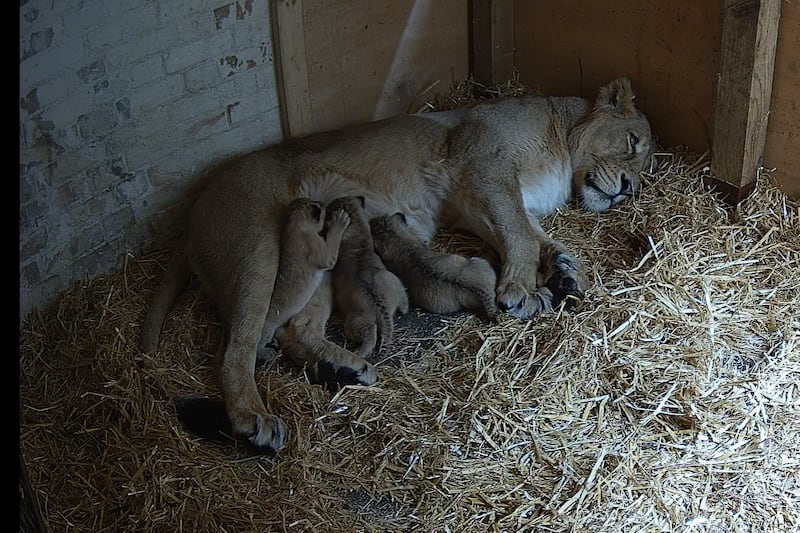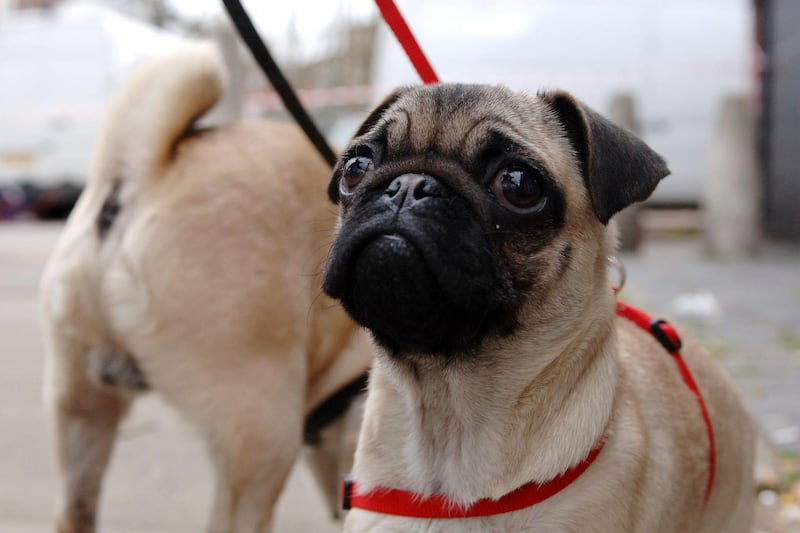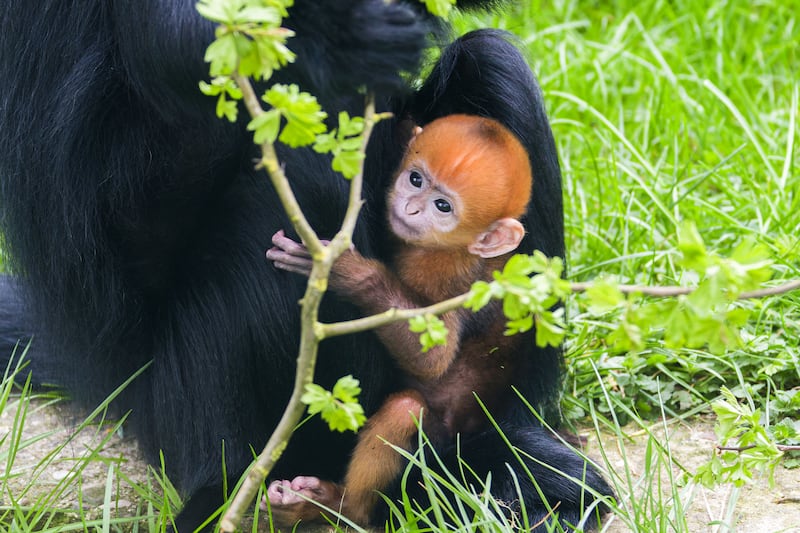Brevard Zoo in Florida is showing people how bees and sea turtles can work together in a viral video explaining how keepers use honey to heal wounds.
The video shows workers at the Sea Turtle Healing Centre in the zoo slathering honey on sea turtles’ shells to aid the recovery of injuries.
The zoo currently has four turtles in its care receiving honey treatments daily from bees in onsite beehives.
A Sweeter Kind of MedicineHave you heard the buzz? Bees are helping patients at our Sea Turtle Healing Center recover: bit.ly/2uxyceQPosted by Brevard Zoo on Thursday, March 29, 2018
The zoo posted the informative video to its Facebook page, where it now has over 13,000 views.
Melanie Stadler, the zoo’s sea turtle programme co-ordinator, said: “We regularly take in turtles that have been struck by boats or propellers or attacked by predators, which can lead to some pretty serious injuries.
“Honey has remarkable antibacterial properties that, when applied topically, help their wounds heal with a much lower risk of infection. We’re treating four patients with honey right now.”
Turtle shells are made of fused bone and keratin; when applied, honey can help aid the healing of open wounds with minimal infection.
The sea turtles currently being cared for with honey treatments are named Smash, Candy, Skipper, and Guacamole. The zoo said it has treated 14 turtles with honey.
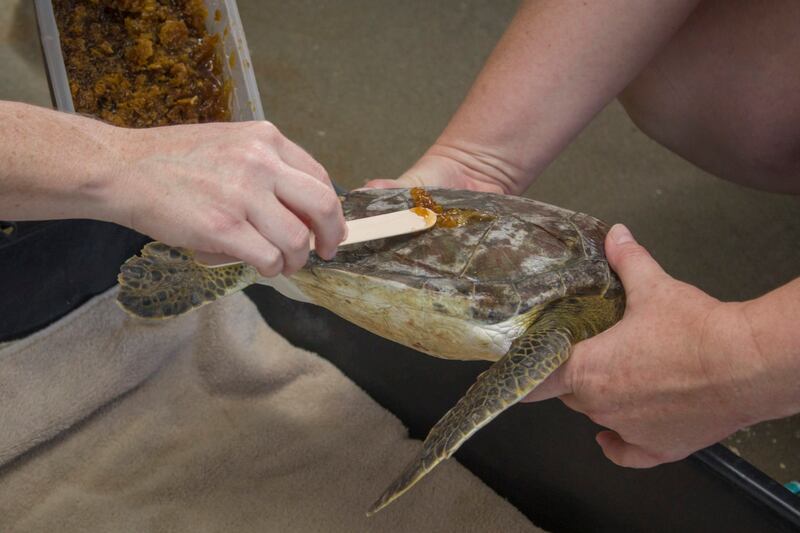
The zoo also encouraged viewers not to use pesticides on their plants, instead using natural alternatives to protect the bee population.
Brevard Zoo said: “We are lucky enough to have a thriving bee colony on zoo property that provides honey and honeycomb for our use. Bees helping turtles, who would have thought?”
